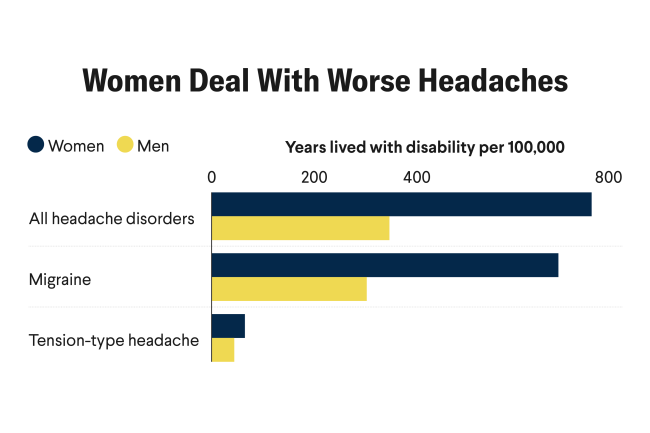In December 2022, Barbara Bolton, an 87-year-old woman in Greater Manchester, England, was found slumped over her kitchen table with a body temperature of just 82°F (28°C).
Despite her family's pleas to her to turn on the heat, Bolton refused, fearing the high energy bill. She was taken to nearby Fairfield Hospital, where she passed away from pneumonia brought on by severe hypothermia.
As global temperatures rise, Bolton's story is a stark reminder that the risks of cold-related deaths persist, particularly among vulnerable groups like the elderly. Emergency experts predict the extra warm days could make people less prepared for cold weather, and, counterintuitively, higher temperatures in the Arctic could drive extreme snowstorms into Asia, Europe, and the United States.
Rising energy prices and fears of unaffordable heating bills can endanger many older adults, especially those on fixed incomes. As Carole Easton, chief executive at the Center for Ageing Better, remarked, "This is a terrible tragedy for Ms. Bolton and her family, but unfortunately it will not be the only one of its kind to occur in England over this winter. . . . We as a country were simply not prepared for the huge spike in the cost of energy."
As weather patterns continue to shift, countries can avoid unnecessary deaths by being proactive in raising public awareness about cold-related risks and strengthening social safety nets for vulnerable populations.
Why Cold Hurts More When You're Old
The aging process diminishes the body's ability to retain heat given the loss of muscle and fat—two of the body's natural insulators. Additionally, older adults are more likely to have chronic health conditions that can be exacerbated by cold temperatures. Hypothermia, which can begin at temperatures as high as 60°F (16°C) for elderly individuals, can lead to heart and respiratory failure if untreated.
Although hypothermia itself often causes minor and treatable injuries, a combination of low temperatures, high wind chill, and immersion in water can lead to serious injury or death in minutes. Hypothermia can occur during extreme cold, but also in moderately chilled conditions, underscoring the subtle dangers of even mild winter temperatures.
Compounding this issue is the prevalence of indoor cold exposure, as an estimated 20% of cold-related injuries occurring in the United States happen inside the home. To stay warm, people need to take preventative measures such as proper insulation, sealing windows and doors, and dressing warmly even when inside.
Equally crucial is having a strong social safety net, especially for older adults who live alone. This includes financial assistance for heating, access to home health-care services, and community outreach programs that can help identify and support those at risk before hypothermia sets in. In the United States, 43% of adults over 75 live by themselves, a strikingly high proportion relative to other countries. Many do not have access to regular home health care, which is critical for preventing injuries during cold weather.
By expanding affordable health-care services and providing heating assistance programs, countries can significantly reduce the number of indoor hypothermia cases and help independent seniors live safely.
Cold Risks for the Youths
Even though older adults face the greatest risks, younger people are not immune to the dangers of chilly or icy weather, especially when alcohol is involved. Alcohol consumption is a common factor in cold-related deaths because it dilates blood vessels and creates a false sensation of warmth while drawing heat away from the body's core. This physiological response can mask the onset of hypothermia, leading to tragic outcomes.
Every year, approximately 20,000 people die from hypothermia and cold-related injuries
In January 2021, Olivia Chutich, a 21-year-old college student at Iowa State University, attempted to walk home alone while intoxicated after a night out at the bars. She was found unresponsive the next morning in her sorority house's parking lot. The autopsy confirmed that her death was caused by a combination of alcohol intoxication and hypothermia. Chutich's story illustrates that cold spells and injuries can affect young adults and is a reminder that alcohol significantly heightens the risk of hypothermia.
Bolton's and Chutich's cases are not isolated. Every year, approximately 20,000 people die from hypothermia and cold-related injuries, according to a Global Burden of Disease study. Raising public awareness about the risks, especially concerning alcohol use in cold weather, is a crucial step in prevention.
Policymakers need to play a proactive role by funding heating assistance programs and supporting home modifications for better insulation. Community check-ins during cold spells, particularly for elderly residents, could help prevent isolated incidents like Bolton's. Wearing proper weather attire and university safe ride programs might have also prevented the tragic outcome for Chutich.
The relationship between climate change and cold-related deaths is complex and global. Climate change has brought milder winters to some regions and contributed to more severe and unpredictable weather patterns elsewhere. In Mongolia, the once-rare intense winter storms known as dzuds now occur almost every year largely due to shifting jet streams influenced by Arctic warming. This has devastated livestock populations, leaving many people without resources. A recent dzud in 2024 claimed the lives of up to 15 million livestock—nearly a quarter of Mongolia's livestock population—plunging rural communities into a struggle for survival.
Vulnerable populations, including the elderly and economically disadvantaged, are most likely to suffer from these shifting weather patterns.
As we navigate the challenges of a changing climate, it is essential to acknowledge that extreme cold will continue to pose a serious threat. By implementing proactive measures—both individual actions and comprehensive government policies—countries can reduce the global burden of cold-related deaths and injuries and better protect the most vulnerable populations.













